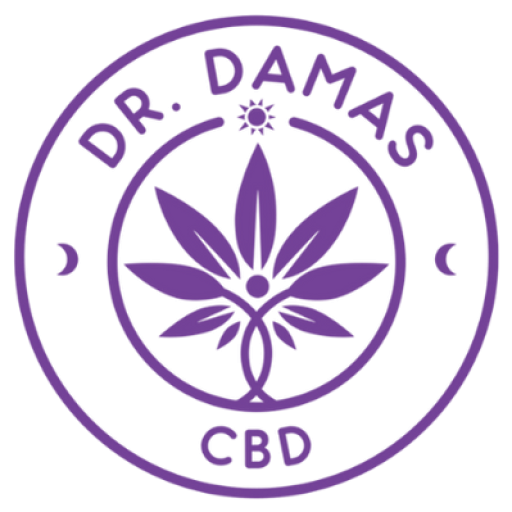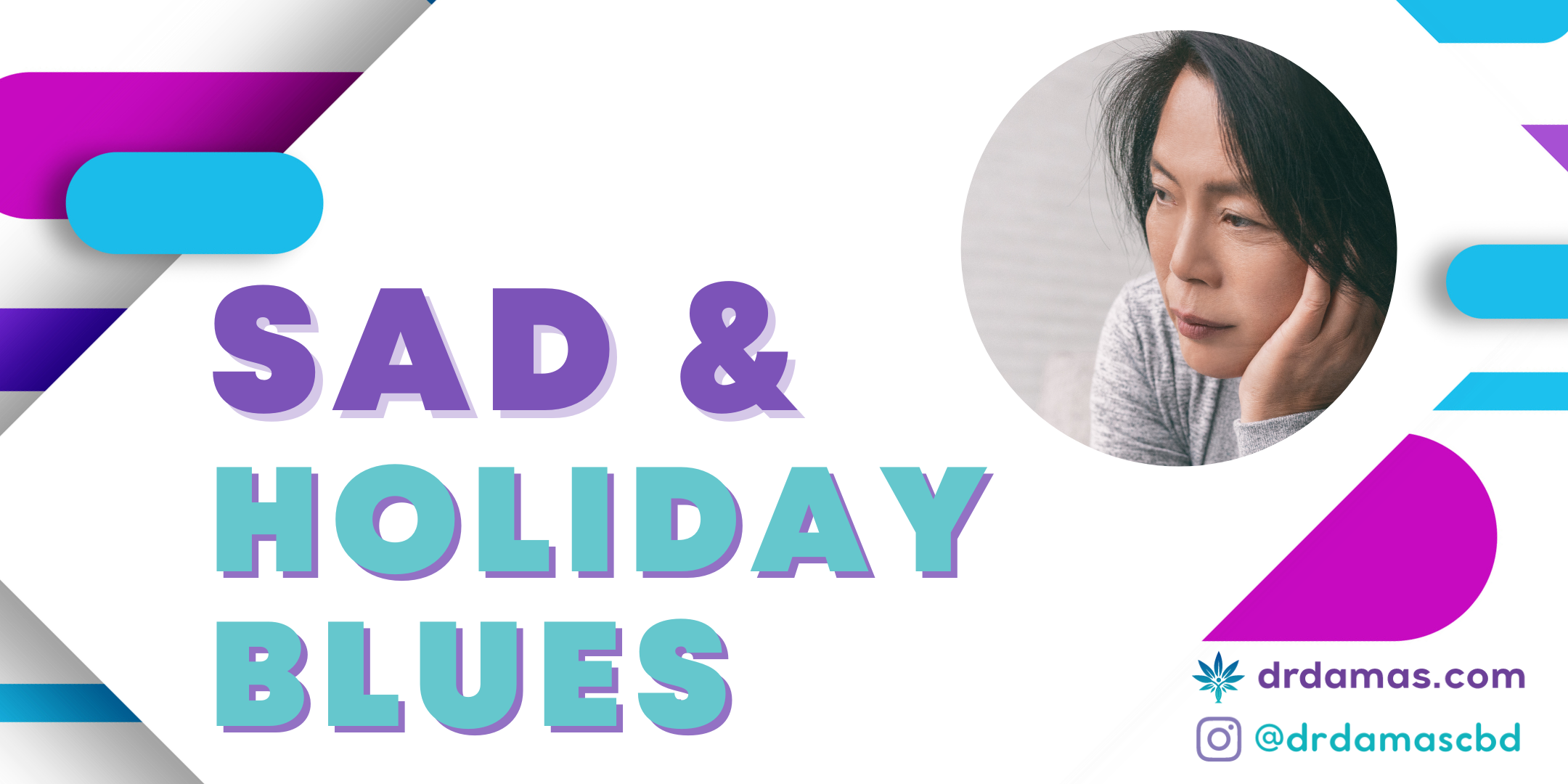SAD and Holiday Blues
If you’re like me, you probably noticed Christmas/ holiday decorations and sales as early as Halloween. For some people it’s an announcement of “the most wonderful time of the year”- for others it's not that wonderful. You may have terms like “holiday blues” and “Seasonal Affective Disorder (SAD)” in the past but never really understood what they referred to. These conditions, though distinct, share a common thread: the impact of seasonal changes on mental well-being. Understanding their nuances and exploring various treatments can pave the way toward finding relief.
Defining the Terms: Holiday Blues and Seasonal Affective Disorder
Holiday Blues: Often a transient experience, the holiday blues refer to feelings of sadness, loneliness, or heightened stress that coincide with festive seasons. This is especially prevalent at the end of the year near Thanksgiving and continues through the New Years celebrations. While these emotions can stem from various stressors like family dynamics, financial strain, or unmet expectations, they usually subside after the holiday season until it’s time to do it all again the following year.
Seasonal Affective Disorder (SAD): Unlike the holiday blues, SAD represents a form of depression that recurs seasonally, primarily during fall and winter. It's believed to be caused by reduced sunlight exposure and affects individuals beyond just the holiday period. SAD symptoms include persistent feelings of sadness, low energy, changes in sleep and appetite, and difficulty concentrating.
Demographics and Statistics
Research exploring racial differences in the incidence of Seasonal Affective Disorder (SAD) and the holiday blues is relatively limited and often inconclusive. However, some studies have suggested potential trends that warrant consideration.
Racial Disparities:
Statistics
A 2019 survey by the American Psychological Association found that 38% of Americans reported feeling stressed during the holiday season.
A 2020 study by the University of California, San Francisco found that people who celebrate Christmas are more likely to experience symptoms of depression during the holiday season.
Demographics
SAD:
SAD affects an estimated 5% of adults in the United States.
Women are twice as likely as men to experience SAD.
SAD is most common among people in their 20s and 30s.
More likely to affect people who live in northern latitudes, where there is less sunlight during the winter months.
More prevalent in those who have a family history of depression.
The holiday blues are more common among certain groups of people, including:
Women
Young adults
People who have a history of mental health problems
People who are financially stressed
People who are not close to their family or friends
While the prevalence of SAD and holiday blues might not vary significantly across racial lines, there are a few considerations to explore:
Geographical Location: Racial and ethnic groups residing in regions with more significant seasonal changes and reduced sunlight exposure might be more susceptible to SAD. For instance, communities residing at higher latitudes might experience more pronounced effects due to decreased daylight during fall and winter months.
Cultural and Socioeconomic Factors: Socioeconomic disparities, access to healthcare, cultural attitudes toward mental health, and coping mechanisms can influence how different racial groups experience and report symptoms associated with SAD and the holiday blues.
Underreporting and Access to Diagnosis: There might be underreporting or underdiagnosis of SAD and related conditions within certain racial groups due to cultural stigma, lack of access to mental health resources, or differing expressions of distress.
Pearl: Racial disparities in the incidence of SAD and holiday blues remain an area needing more comprehensive and inclusive research to understand the nuanced impact of race and ethnicity on mental health.
Treatments for Holiday Blues and SAD
Pharmaceutical Treatments
Pros:
Effectiveness: Antidepressants like fluoxetine (Prozac), sertraline (Zoloft), or bupropion (Wellbutrin) have shown efficacy in managing SAD symptoms by regulating neurotransmitter levels.
Cons:
Side Effects: Antidepressants may cause side effects such as nausea, insomnia, weight gain, or sexual dysfunction. Each individual's response to these medications varies.
Cost and Accessibility: Light therapy devices can be costly, and their accessibility might be limited for some individuals.
Pearl: Balancing the effectiveness of pharmaceutical treatments with potential side effects underscores the importance of individualized treatment plans.
Non- Pharmaceutical Treatments:
Counseling/ therapy: This can help people understand and cope with their symptoms.
Light Therapy: This non-pharmaceutical approach involves exposure to artificial light sources, commonly through a lightbox, and has demonstrated effectiveness in alleviating SAD symptoms by regulating the body's internal clock.
Holistic Treatments
Pros:
Lifestyle Changes: Regular exercise, a balanced diet, stress management techniques, and adequate sleep not only support overall well-being but can also positively impact mood and alleviate symptoms.
No Side Effects: Unlike pharmaceuticals, holistic approaches generally do not produce adverse side effects and focus on improving overall health.
Cons:
Time and Commitment: Implementing lifestyle changes requires time, dedication, and consistency, which might be challenging for some individuals.
Varied Effectiveness: While beneficial for many, holistic approaches may not provide immediate relief for severe symptoms and might require a combination of therapies.
Pearl: Holistic treatments emphasize the interconnectedness of mental and physical health, offering a comprehensive approach to managing symptoms.
Cannabis and CBD for Symptom Management
Pros:
Potential Mood Regulation: Cannabinoids like CBD (cannabidiol) have shown promise in preliminary studies for managing anxiety and mood disorders.
Potential for Symptom Alleviation: Some anecdotal evidence suggests that CBD may help reduce symptoms like anxiety or low mood, though more rigorous research is needed to confirm its efficacy.
Cons:
Lack of Regulation and Research: The use of CBD for mental health conditions lacks standardized dosages and regulations, and scientific research on its effectiveness and safety is still evolving.
Individual Variability: Responses to CBD can vary significantly among individuals, making it challenging to predict its effects or establish universal treatment guidelines.
Pearl: While CBD holds promise for managing symptoms, its use requires caution, thorough research, and consultation with healthcare professionals due to the lack of standardized guidelines.
Examples of CBD Use for Symptom Management
Anxiety: Some individuals use CBD oil or capsules to potentially alleviate symptoms of anxiety. It's suggested that CBD might impact serotonin receptors in the brain, which could contribute to its anxiolytic effects.
Sleep Disorders: CBD has also been explored as a potential aid for sleep disorders, with some users reporting improvements in sleep quality. Its impact on sleep may be related to its calming effects.
Mood Regulation: While not a direct treatment for SAD, CBD's potential in regulating mood might offer support in managing symptoms associated with the disorder.
Pearl: CBD's potential in managing symptoms offers hope but necessitates comprehensive research and personalized guidance for safe and effective use.
Wrapping It All Up
If you regularly start feeling a little down this time of year, you’re not alone. Understanding the distinction and similarities between the holiday blues and Seasonal Affective Disorder is crucial in addressing their impact on your mental health. While treatments like SSRIs and light therapy are commonly prescribed, holistic approaches centered on lifestyle changes may be helpful alternatives. Using CBD can help with some symptoms, but make sure you're getting good guidance and purchase from high quality and reputable sources.
I’ll say it again , seeking professional guidance tailored to individual needs is essential. The best treatment approach involves a combination of therapies that address both the physical and emotional aspects of these conditions.
Happy Holidays! 🙂
References:
American Psychiatric Association. Diagnostic and Statistical Manual of Mental Disorders (DSM–5).
Rosenthal, N. E. (2016). Seasonal affective disorder: practice and research. Oxford University Press.
Lam, R. W., & Levitt, A. J. (Eds.). (2015). Canadian Network for Mood and Anxiety Treatments (CANMAT) Clinical guidelines for the management of major depressive disorder in adults.
National Institute of Mental Health (NIMH). Seasonal Affective Disorder.
American Psychological Association. (2023, November 1). Stress in America™ 2023: Navigating the Ups and Downs of Resilience. Retrieved from https://www.apa.org/news/press/releases/stress
Clay, R. A., & Wingenfeld, K. (2020). Holiday blues? The role of Christmas celebration and social connectedness in depressive symptoms during the Christmas season. Journal of Affective Disorders, 277, 309-315.















